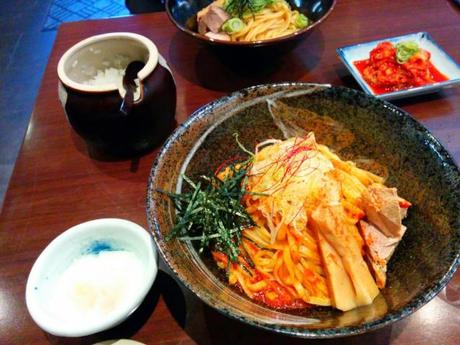
I recently came across the Japanese term Wabi Sabi and have been thinking about it a lot.
Wabi-Sabi, I have read, is multi-faceted concept and as always with linguistic terms, there is no direct translation of it into English.
What Does Wabi Sabi Mean?
According to Wikipedia, somewhere about 800 years ago the Japanese started using the term to symbolize the imperfect and impermanent nature of life and the universe. And there is a third term used in addition to impermanent and imperfect - unfinished.
Yet others say this is about the ephemeral nature of most things in life, and about seeing the beauty in this ephemeral nature. Second, almost all things in this universe are imperfect but we can live with it or adapt to it.

Take, for example, the waves of the sea. They can be calm or rough and roaring. Some would say that they are imperfect because they bring tragedy and turbulence to people and things (ships capsizing), yet one could also see the beauty in that rage. And one could - should - act accordingly to prevent any loss during a trip on those waves.
The term wabi sabi is not just used to explain life; it is also used in many other sectors, such as construction, or simply to household items.
Kintzugi & Wabi Sabi
As I mentioned earlier, imperfection is sometimes subjective but whether it is subjective or not, it is to be appreciated. In Japan, when a crack appears in a teacup, it is not thrown away, but repaired using natural lacquer and gold dust. The outcome is a newer look of the cup, looking somewhat asymmetrical but more beautiful, not to speak of more valuable, than ever.

This style is known as kintsugi.
But we human beings like to emphasise philosophies and their meanings to our lives.
In that sense, wabi-sabi can be used to understand that life is imperfect and impermanent but it doesn't mean it is neither beautiful nor something that should not be enjoyed.
Kintsugi shows us that an imperfection, in this case caused by a crack, can be mended and the cup emerges from it in a different shape but not less living or mesmerizing.
So in life too, we can mend things that are broken. And when things are not perfect, there is still beauty to it. We just need to accept it to enjoy it.
